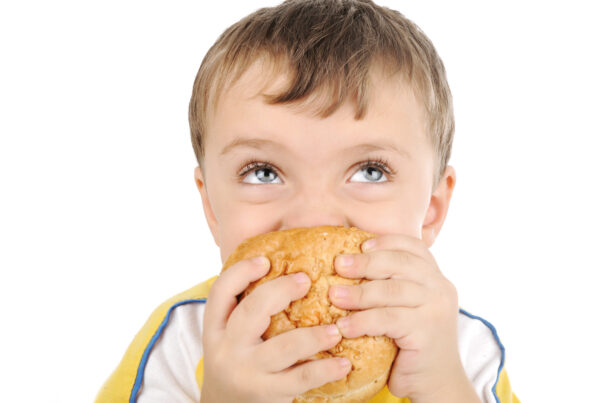When Your Child is Stressed: Silent Clues
“You can pick up a great many insights about what a child needs and what’s behind outbursts simply by observing. Small details of body language and behavior will convey a message that the child is unable to speak directly.”
– Karyn Purvis, The Connected Child.
The body language of parents when communicating with children is important, as mentioned in Issue 1. It is equally as important however, to observe the silent clues that your children use to communicate with you. This non-verbal communication varies by child depending on age and personal experience. Taking time to understand your child’s personal communication can help inform you as a parent and enable you to better understand and address your child’s need.
“Your son clenches his hands in tight fists and his eyes glaze over when you leave him at school,” Purvis writes as an example in her book. These are good indicators that your child is feeling stressed. In response, “You deduce that he is tense and on high alert because he desperately fears the separation and new environment.”
Children often react to stressful situations through misbehavior. A key to behavior management is understanding why your child is misbehaving in the first place. The following behaviors, according to Living Peace, could be signs that your child is feeling stressed:
Ages 3 – 5
– physical complaints like stomach aches and headaches
– fearfulness and feelings of not being safe
– stranger or separation anxiety
– compulsively “playing out” the source of trauma; e.g. building towers with blocks and crashing them down.
– avoidance of situations that may or may not be related to the trauma
– sleep disturbances
– loss of acquired developmental skills (like dressing oneself)
– frequent crying
Ages 6 – 10
– physical complaints and concerns about their health
– anxiety and fearfulness
– compulsive re-enactment of the trauma through play or drawing
– “omen formation” – believing that warning signs predicted the trauma, and a tendency to be hyper-alert in order to recognize new warning signs.
– preoccupation with how the crisis could have been solved or averted
– sleep problems
Pre-adolescence and Adolescence
– nightmares and flashbacks, difficulty sleeping, and feeling detached or estranged
– impulsive and aggressive behaviors.
– over-preoccupation with other concerns unrelated to the trauma
– rebelliousness and anti-social behaviors
– risk-taking behaviors
Understanding the unique responses of your child is an important process. Purvis recommends keeping a journal that follows your child’s daily activities, behaviors, and routines.
“After about a week or two of journaling, parents find that patterns emerge,” Purvis writes.
Once stressful situations for your child have been identified, the response is simple. Be understanding, provide a safe environment for your child to talk out his or her issues without being yelled at or judged, and offer your support. As stated in Issue 1, remind your child that together, you are a team- “convey a deep alliance,” Purvis writes.
“It’s hard to be understanding as a parent,” says Carolyn Smitherman, a Family Development Assistant for Covenant Kids and mother of four, who has gone through the process of adoption. “My level of thinking isn’t always on the same level as my child. Sometimes I have to alter my thoughts to understand where they are coming from, but it makes life easier. There is less drama when I can stop and understand. I gain a whole different perspective and my kids respect me more. I’m no longer a dictator. I’m someone they can open up to.”




